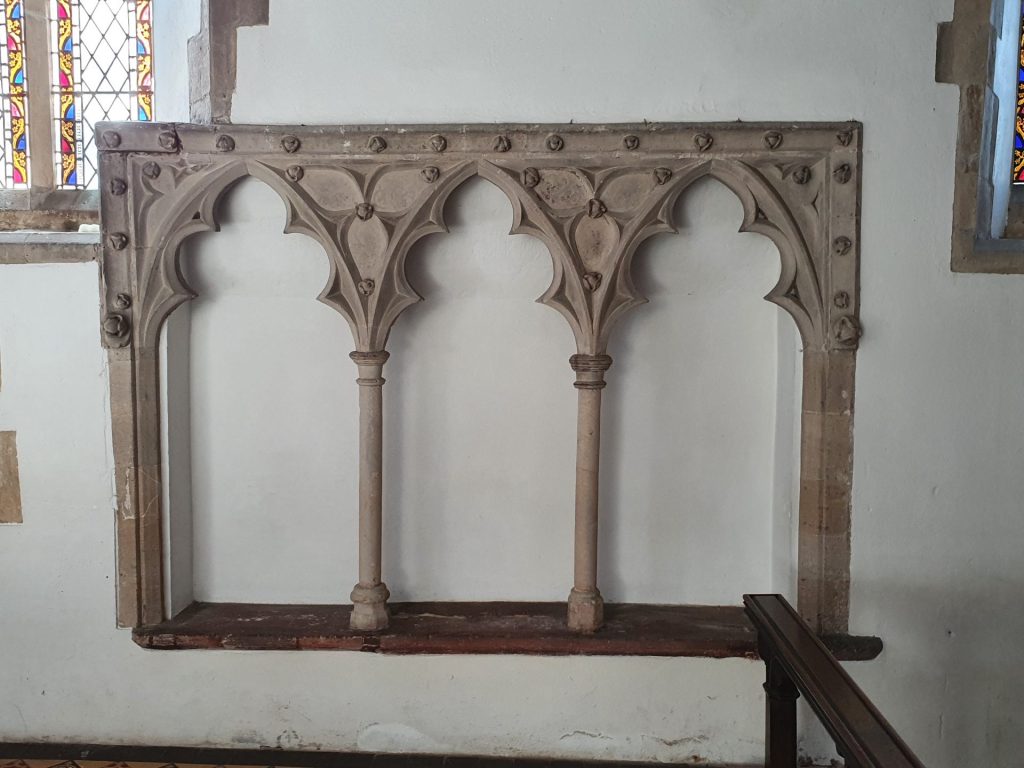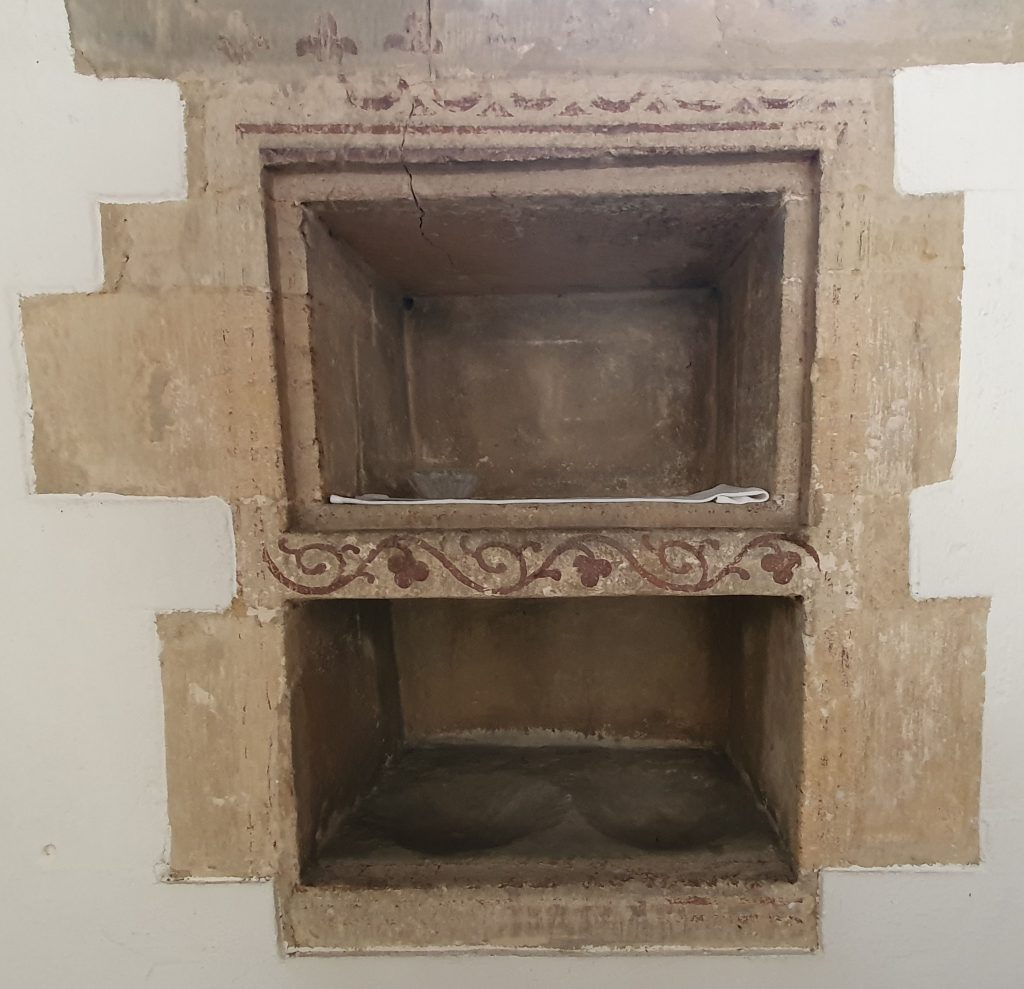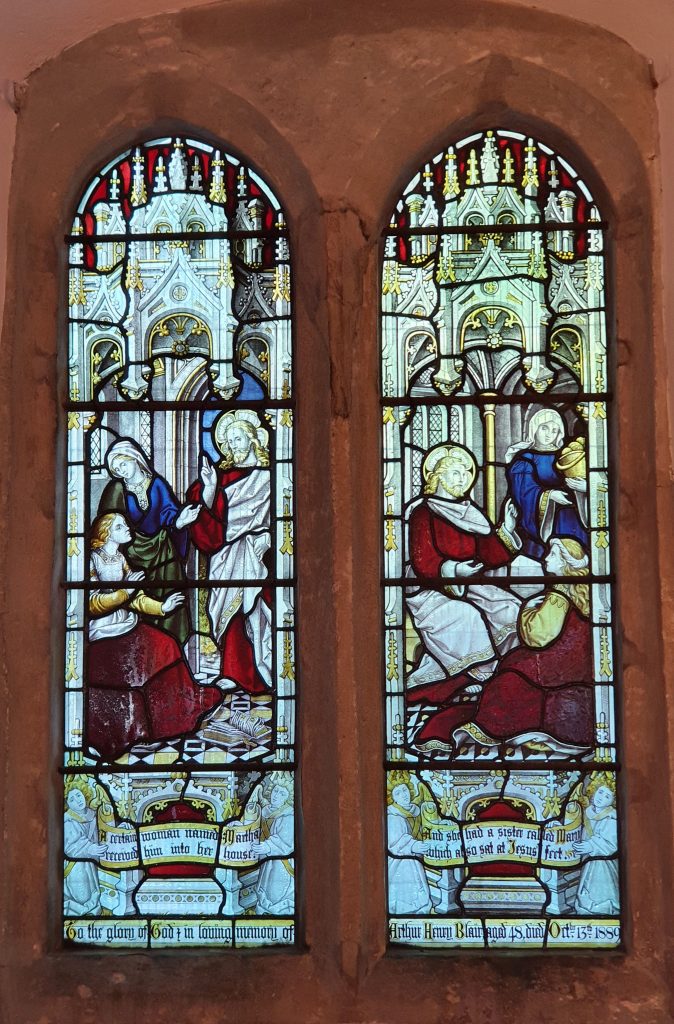Chesterton is a village and civil parish on Gagle Brook, a tributary of the River Bure in Oxfordshire. The village is about 1.5 miles (2.4 km) southwest of the market town of Bicester. The village has sometimes been called Great Chesterton to distinguish it from the hamlet of Little Chesterton, about 0.8 miles (1.3 km) to the south in the same parish.
Chesterton village is on the course of Akeman Street, the Roman road between Watling Street and Cirencester, about 1 mile (1.6 km) northwest of Alchester Roman Town. The road forms part of the southwest boundary of the parish.
Alchester was strategically placed as it stands at the crossroads on the Silchester – Dorchester-on-Thames – Towcester road and the Cirencester – St. Albans road. It has been suggested through archeological research that Alchester is one of the earliest legionary fortresses in Roman Britain after the invasion of 43 AD. More detailed archeological information may be found here.
According to Wikipedia the name Chesterton derives from the Old English tūn, meaning an enclosed space and ceaster meaning a Roman station. The village was first mentioned as Cestertune in a charter of Eynsham Abbey from AD 1003 and subsequently in the Doomsday Book of 1806 as Cestertone.
The ownership of Chesterton has passed through several hands over the years:
- Pre-Norman Conquest – Wigod, a Saxon thegn (a kinsman of Edward the Confessor)
- 1086 – Miles Crispin, son in law of Robert D’Oyly
- 1272 – Edmund, 2nd Earl of Cornwall
- 1540 – Thomas Pope
- 1560? – John Williams, 1st Baron Williams de Thame
- 1653 – Montague Bertie, 2nd Earl of Lindsay; and subsequently James Bertie, 5th Baron Norreys and Willoughby Bertie, 3rd Earl of Abingdon
- 1764 – George Spencer, 4th Duke of Marlborough
- 1808 – George Child Villers, 5th Earl of Jersey
- 1920/21 – Estate divided up and sold on
An excellent and very detailed history of Chesterton may be found in A History of the County of Oxfordshire: Volume 6, edited by Mary D Lobel and available on the British History Online website.
Chesterton has had two watermills, one pre-dating the Norman Conquest, one built in 1279. The latter survived until the nineteenth century and closed down in 1822.
The public house – the Red Cow – dates from the turn of the 17th and 18 centuries.
The local school was built in 1854 by Lady Jersey. It was re-organized as a junior school in 1933 and is now a Church of England primary school.
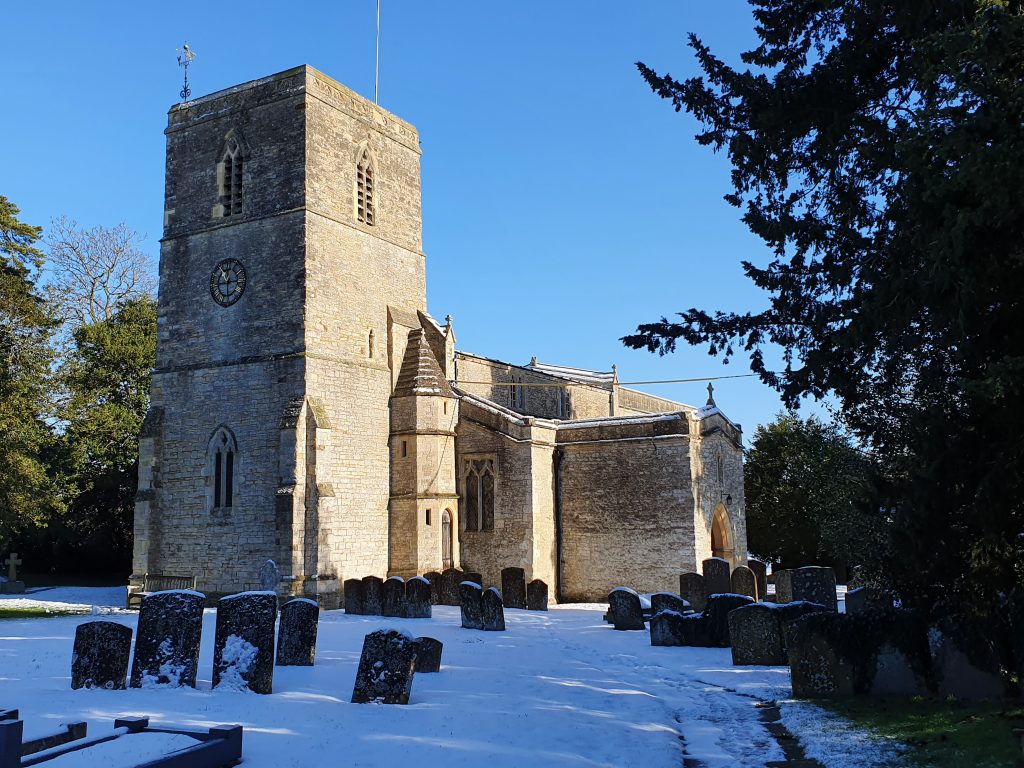
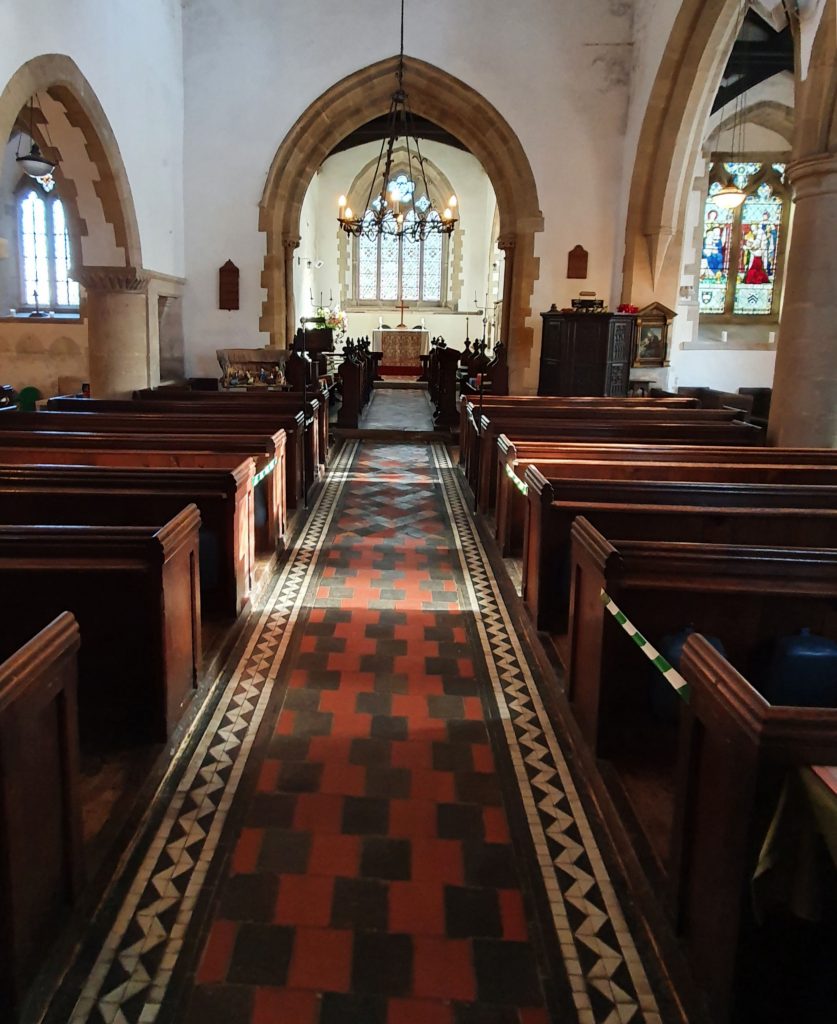
St. Mary’s Church, Chesterton is listed as Grade II* and dates initially from the twelfth century. The church underwent significant modifications in the thirteenth, fourteenth and fifteenth centuries and was restored in 1866 by F.C. Penrose. The Historic England listing may be found here. St. Mary’s is part of the Akeman Benefice, a collection of seven village churches.
Of significant note are: the chancel has a C14 triple sedilia with free-standing shafts and ball-flower ornament plus traces of painted decoration; a plain tub font with an elaborate C18 wrought-iron finial and arched crane; several pieces of C16 and C17 woodwork incorporated into furnishings; and a fine C17 communion table with carved baluster legs.
The church also has three very colorful stained glass windows.
The village of Chesterton is served by a Parish Council, details of which may be found here.


